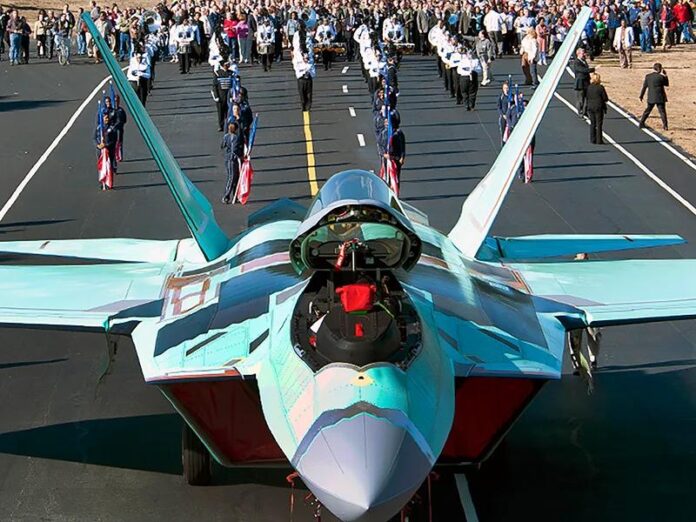The pursuit of sustainable aviation involves a comprehensive reimagining of aircraft design, encompassing a shift towards eco-friendly materials and energy-efficient technologies. In a world increasingly conscious of environmental impact, the aviation industry is striving to reduce its carbon footprint by integrating sustainable practices into aircraft design and operations. Key considerations revolve around materials used in construction and the optimization of energy consumption throughout the aircraft’s lifecycle.
Materials selection in aircraft design plays a pivotal role in achieving sustainability goals. Traditional aircraft construction materials, predominantly aluminum alloys, are being supplemented or replaced by advanced composites, such as carbon fiber reinforced polymers (CFRP), which offer higher strength-to-weight ratios and improved fuel efficiency. Additionally, the integration of bio-based materials sourced from renewable resources is gaining traction, reducing dependency on fossil fuels and lowering environmental impact.
The quest for sustainable aircraft extends beyond materials to encompass energy considerations throughout the aircraft’s lifecycle. Aircraft manufacturers are investing heavily in research and development to enhance aerodynamics, reduce drag, and optimize engine efficiency. Innovations in propulsion systems, such as the development of hybrid-electric and hydrogen-powered aircraft, hold promise for significantly reducing greenhouse gas emissions in the aviation sector.
A critical aspect of sustainable aircraft design is the focus on reducing operational energy consumption. Aircraft are being equipped with advanced systems that optimize fuel usage, such as more efficient engines and wing designs that improve aerodynamic performance. Moreover, the integration of regenerative braking systems and lightweight materials in components like landing gear contribute to energy conservation during flight and ground operations.
Lifecycle analysis is an essential tool in evaluating the overall environmental impact of an aircraft. This holistic approach assesses the environmental footprint of an aircraft from manufacturing to disposal, considering factors like raw material extraction, manufacturing processes, operational efficiency, and end-of-life recycling or decommissioning. Optimizing each stage of the aircraft’s lifecycle is crucial in achieving sustainability goals.
Recycling and end-of-life considerations are integral to sustainable aircraft design. The industry is increasingly focused on designing aircraft components for easier disassembly and recycling. Technologies enabling the recovery and reuse of materials from retired aircraft are being developed, minimizing waste and maximizing resource utilization in a circular economy approach.
Certification and regulatory standards are key drivers in promoting sustainability in aircraft design. Regulatory bodies are encouraging the adoption of environmentally friendly materials and energy-efficient technologies by setting stringent emission standards and incentivizing the development and deployment of sustainable aviation solutions. Compliance with these standards is pivotal in driving the adoption of sustainable practices across the industry.
Collaboration across the aviation ecosystem is essential for advancing sustainable aircraft design. Partnerships between manufacturers, airlines, research institutions, and government agencies foster innovation and knowledge exchange, accelerating the development and implementation of sustainable technologies and practices.
Consumer demand and awareness also play a crucial role in shaping sustainable aircraft design. Passengers are increasingly considering airlines’ environmental credentials when choosing flights. This growing demand for eco-friendly travel options incentivizes the industry to prioritize sustainability in aircraft design and operations.
The road to achieving sustainability in aircraft design is multifaceted and requires a concerted effort from all stakeholders. By embracing innovation, investing in research and development, adhering to stringent regulations, and responding to consumer preferences, the aviation industry can continue its journey towards more sustainable and environmentally responsible air travel.
























